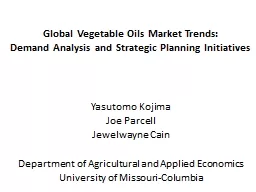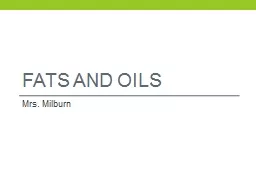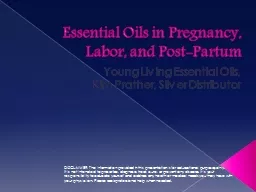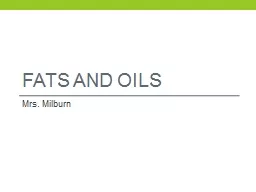PPT-Global Vegetable Oils Market Trends:
Author : briana-ranney | Published Date : 2016-06-27
Demand Analysis and Strategic Planning Initiatives Yasutomo Kojima Joe Parcell Jewelwayne Cain Department of Agricultural and Applied Economics University
Presentation Embed Code
Download Presentation
Download Presentation The PPT/PDF document "Global Vegetable Oils Market Trends:" is the property of its rightful owner. Permission is granted to download and print the materials on this website for personal, non-commercial use only, and to display it on your personal computer provided you do not modify the materials and that you retain all copyright notices contained in the materials. By downloading content from our website, you accept the terms of this agreement.
Global Vegetable Oils Market Trends:: Transcript
Download Rules Of Document
"Global Vegetable Oils Market Trends:"The content belongs to its owner. You may download and print it for personal use, without modification, and keep all copyright notices. By downloading, you agree to these terms.
Related Documents














